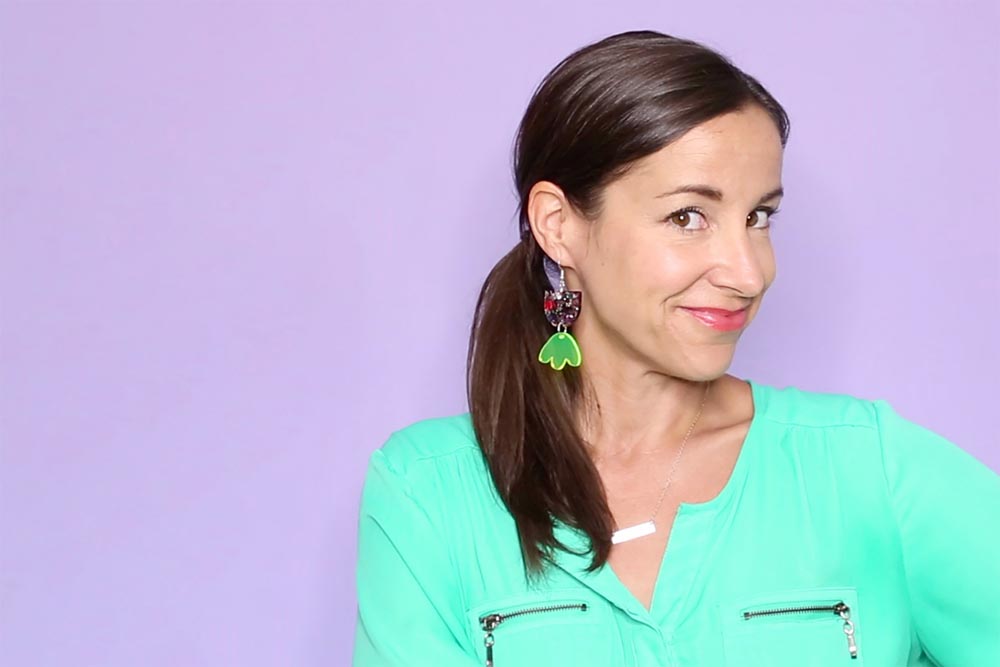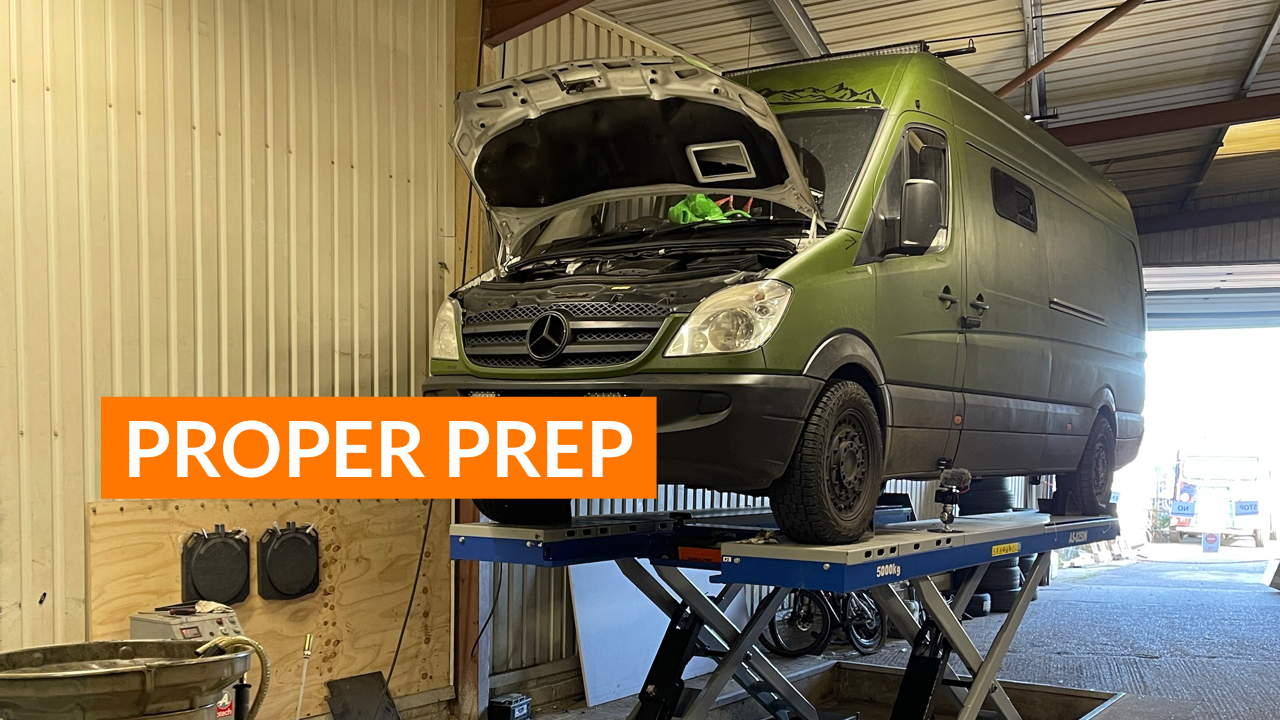
Life Lessons from Photoshop
Rare is the software application that transcends its basic utility to become not only a ubiquitous element of pop culture and daily life for many, but also a verb. Photoshop is one such unicorn.
As such, many successful approaches to life can also be applied to gaining proficiency in Photoshop—and vice versa. Here’s a look at ten life lessons to be gleaned from and applied to mastering one of the world’s favorite software applications.

Flexibility is Key
While there’s no easy Cmd/Ctrl+Z equivalent in life, the value of flexibility is easily understood. Just as having options in life makes it more manageable , maintaining flexibility in Photoshop is also crucial. Smart objects, masks, adjustment layers—these are game-changing ways of working that provide the ultimate in flexibility. Use them to your advantage.
Experimentation Leads to Breakthroughs
Throughout human history, there are many storied examples of how experimentation, happy accidents, and unexpected discoveries have led to enormous scientific breakthroughs (penicillin, anyone?). The same sense of curiosity and wonder can be applied to Photoshop to unlock new potential. What effect does the Difference blend mode have? How many different ways might you make use of the Render > Difference Clouds command? How exactly might the Pencil tool be useful? What happens if you invert your image or apply your edits in a different order? One of the best ways to figure out what a command or setting in Photoshop does is to push the limits and see for yourself. Drag sliders to their extremes and see what happens. Unlike life, you can’t ruin Photoshop with poor choices. There’s always a way back.
The Learning Never Ends
No one knows absolutely everything there is to know about Photoshop. Everyone has their respective silos of mastery. Some know everything about working in 3D, others can teach you everything there is to know about non-destructive editing. But there is always more to learn. Even after 20 years of Photoshopping, I’m constantly surprised by random little quirks or hidden surprises I somehow never stumbled across before. Over the years, I’ve had the opportunity to ask questions of some of the original masterminds that have been part of Photoshop’s creation since the beginning—and even they didn’t have all the answers. Let this be both a comfort and a call to action. In life, as in Photoshop, the day we stop learning is the beginning of the end.
There’s More Than One Way to Get Where You’re Going
Anyone who has ever googled how to do something, whether baking cookies or rendering 3D type, knows the answers will be as varied as the people providing them. And while some techniques may be more helpful than others, in the end, as long as you’re able to accomplish what you set out to do, you can consider it a win. I’ve seen people create amazing images with limited Photoshop knowledge and—what some might consider—a crude approach. In these cases, the users made up for what they don’t know with an uncanny ability to wield the little that they do know to incredible ends. As in life, it’s not always about having all the answers, but ultimately, it’s about finding your own way using whatever means are accessible to you.
Be Curious, Don’t Judge
A universal truth we should remind ourselves of often is that we don’t know what it is that we don’t know. You know? You may think, “How useful can something called Unsharp Mask be?” Or, “Why would anyone want to add noise to an image?” Whether in Photoshop or in life, when in doubt, remind yourself that there’s likely a very good reason or explanation for most things we may be tempted to brush off. Instead of writing something off as silly, ridiculous, or laughably useless (the Pencil tool?), accept that someone, somewhere, probably has a brilliant use or solution that you’re blissfully unaware of. To continue expanding your world (and your Photoshop prowess), be curious—not judgy.

Input Equals Output
As the saying goes, garbage in, garbage out. This holds true whether we’re talking about the energy invested in any of life’s worthwhile quests—or poorly captured images or. Camera RAW can be a great equalizer, but there’s still no substitute for taking the time to get things right in-camera rather than attempting to fix everything “in post.” The better your images are going in, the better they’ll be coming out.
Understanding Matters More Than Memorization
The ability to recite a complicated math theorem doesn’t do you much good if you don’t understand how to apply it. The same is true for Photoshop. While following along with a tutorial is a great way to try something new, to get the most out of the experience, focus more on the why and not just the what. Yes, the Overlay blendmode has some magic-like properties, but why is it a solid solution in this particular example? What about it makes it so useful? A tutorial may suggest a drop shadow angle of 37-degrees, but why does that work so well? What happens if you change it or try something else? How did the tutorial’s author arrive at this number? To transcend the ability to merely follow a tutorial, pretend you had to explain it to someone else. You’ll be amazed at the increase in both skill and knowledge you come away with.
Learn From the Past
While we rarely have an impartial record of the world’s historic events, in Photoshop, the History panel keeps track of everything we do and will always tell it like it is. Naturally, you can take advantage of this to save your fanny when you screw up and need to go back, but you can also use this to reverse engineer an effect or action you may have picked-up elsewhere. By uncovering steps you may have otherwise missed, it’s another chance to learn something new. Being a student of history allows us to gleam new lessons from old events—whether we’re talking about relationship patterns or a slick new Photoshop action.

Practice Gratitude
It’s easy to complain when the computers in our pockets (smart phones) provide anything less than instant gratification. But it’s worth remembering that not that long ago, finding answers to the questions of the day required access to a physical source like an encyclopedia. And even then, you were limited to the information available from whatever was physically accessible. Today, when Photoshop occasionally buckles under the comparatively outrageous computing demands we throw at it, it’s worth remembering that before version 3.0 (released in 1995), there was no such thing as layers. People like Ansel Adams accomplished his magic in the darkroom. Early retouching artists performed near miracles by hand on film. Meanwhile, today we have the ability to literally replace a sky with a couple clicks. There’s an actual button to automatically select the subject of an image. And Content-Aware Fill can literally fill in the blanks, creating imagery there was none before. It’s amazing and we shouldn’t forget that.
Be Kind, Keep Creating, and Share
Everyone’s journey begins (and ends) in a different place. The paths we take can be messy and complicated, but we make the journey better for each other—and ultimately, ourselves—when we share what we’ve learned with others. The Photoshop community is generally very open and generous, so whether you’re looking to learn about brushes, explore actions, or dip your toes into the 3D world, the hardest part may very well be deciding which cleverly crafted tutorial to try first. And as your journey continues, don’t forget about the people behind you—they’re your chance to pay it forward and appreciate how far you’ve come.
A camera slinging design geek and Photoshop nerd, Khara’s a natural born teacher who’s been sharing inspiration & know-how with fellow creatives for more than 20 years. Grab her free Creative Toolkit at KharaPlicanic.com and keep up with her on Instagram.



